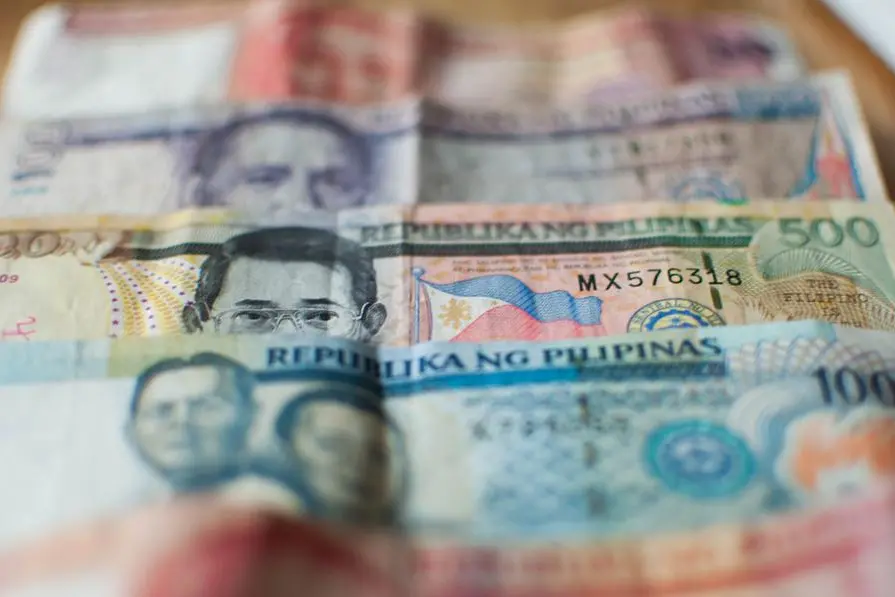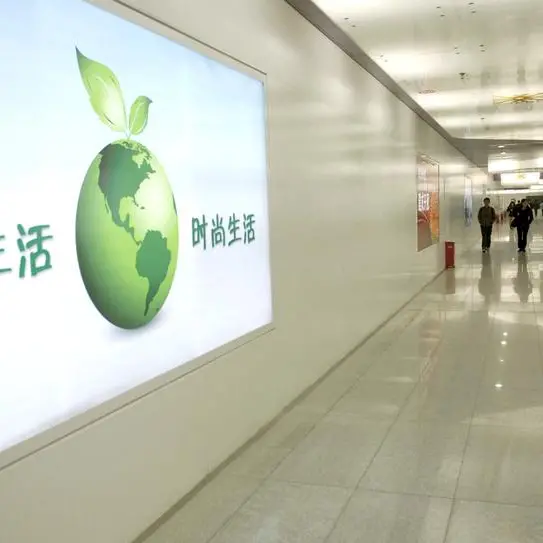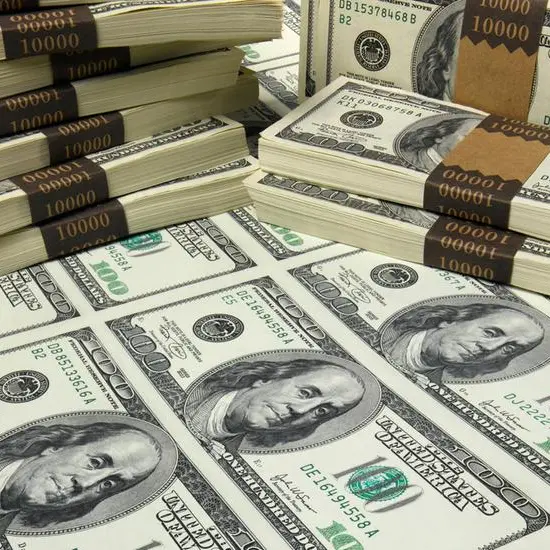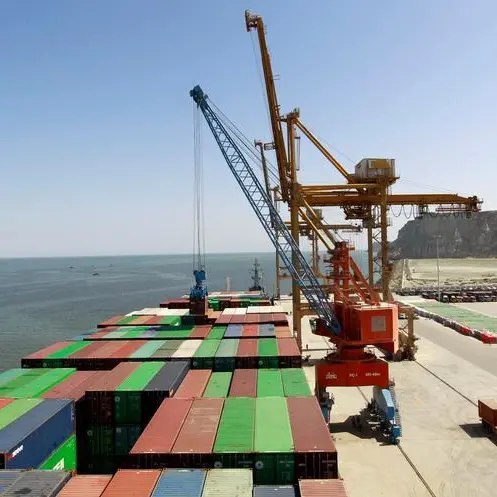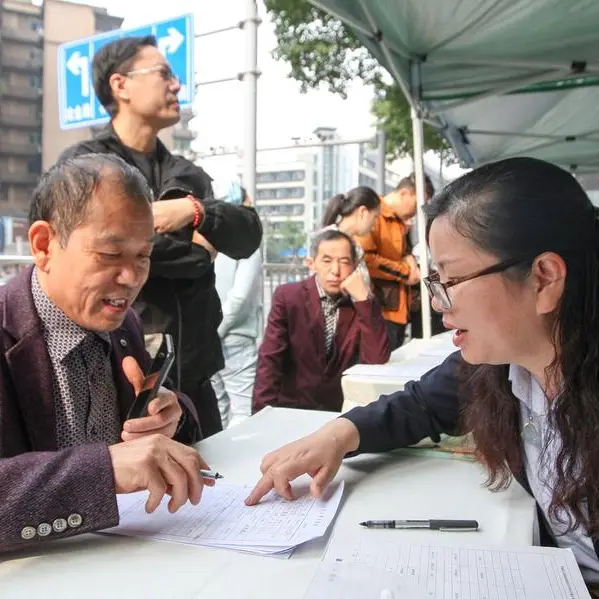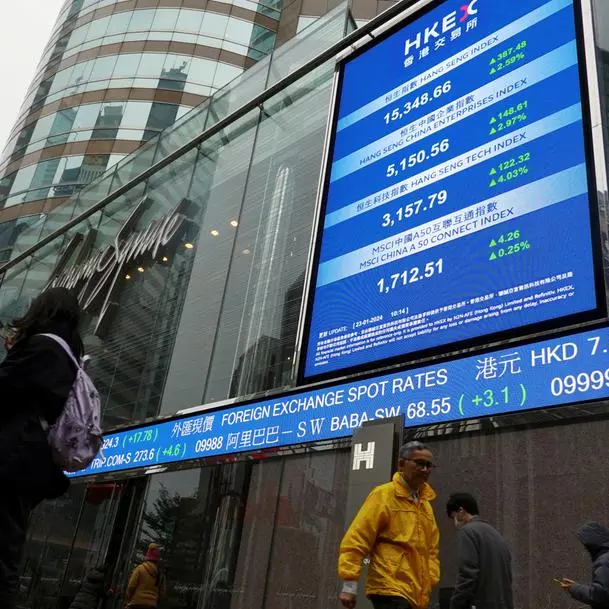PHOTO
The country's foreign exchange buffer climbed for the fourth straight month, hitting a six-month high of $99.72 billion in January from $96.15 billion in December amid strong inflows arising from foreign borrowings by the national government, as well as the increase in gold prices in the world market, according to the Bangko Sentral ng Pilipinas (BSP).
The country's gross international reserves (GIR) level has been increasing since October last year, reaching the highest level since the $99.84 billion recorded in July 2022.
BSP Governor Felipe Medalla said the month-on-month increase in the GIR level reflected mainly the national government's net foreign currency deposits with the central bank, which include proceeds from the issuance of its global bonds.
Last month, the Philippines raised $3 billion from the international debt market through the issuance of triple-tranche global bonds to take advantage of high demand and easing global interest rates.
The government raised $500 million from the issuance of 5.5-year tenor bonds with a coupon rate of 4.743 percent, while $1.25 billion was raised from the issuance of bonds with a maturity of 10.5 years and a rate of five percent.
Its 25-year sustainability bond fetched an average rate of 5.5 percent and raised another $1.25 billion.
The government borrows heavily from both onshore and offshore creditors to finance the country's widening budget deficit.
Medalla also cited the upward valuation adjustments in the value of the BSP's gold holdings due to the increase in the price of gold in the international market.
Data showed the BSP's gold holdings rose by 5.6 percent to $9.8 billion in January from $9.28 billion in December.
Likewise, the BSP chief said that the net income from the central bank's investments abroad boosted the country's foreign exchange buffer.
BSP earnings from investments abroad rose by 2.3 percent to $83.25 billion in January from $81.37 billion a month earlier.
After hitting an all-time high of $110.12 billion in 2020, the buffer has steadily declined to $108.79 billion in 2021 and $96.15 billion in 2022.
Despite the decline from an all-time high two years ago, Medalla said the GIR level represents a more than adequate external liquidity buffer equivalent to 7.5 months' worth of imports of goods and payments.
The buffer, Medalla said, was also about six times the country's external debt based on original maturity and four times based on residual maturity.
The GIR is the sum of all foreign exchange flowing into the country and serves as buffer to ensure that it will not run out of foreign exchange in case of external shocks.
The BSP dipped into the reserves to actively intervene in the foreign exchange market as the peso slumped by as much as 15.7 percent to an all-time low of 59 to $1 in October from the end-2021 level of 50.999 to $1.
The central bank also raised key policy rates by 350 basis points, which brought the overnight reverse repurchase rate to a 14-year high of 5.50 percent from an all-time low of two percent to stabilize the peso and tame inflation.
This helped the local currency bounce back to the 53 to $1 handle early this month.
Inflation accelerated to 5.8 percent last year from 3.9 percent in 2021, exceeding the BSP's two to four percent target.
It blew past expectations to hit a fresh 14-year high of 8.7 percent in January from 8.1 percent in December. This was the highest since the 9.1 percent recorded in November 2008.
Michael Ricafort, chief economist at Rizal Commercial Banking Corp., said the country's GIR could still be supported by the continued growth in the country's structural inflows from overseas Filipino workers' remittances, business process outsourcing revenues, exports, relatively fast recovery in foreign tourism revenues as well as continued foreign investment inflows in the coming months.
'Thus, still relatively high GIR at $99.7 billion could still strengthen the country's external position, which is a key pillar for the country's continued favorable credit ratings for the second straight year, mostly at one to three notches above the minimum investment grade, a sign of resilience despite the COVID-19 pandemic that caused downgrades in other countries around the world,' Ricafort said.
The BSP expects the GIR to settle at $93 billion this year.
Copyright © 2022 PhilSTAR Daily, Inc Provided by SyndiGate Media Inc. (Syndigate.info).
